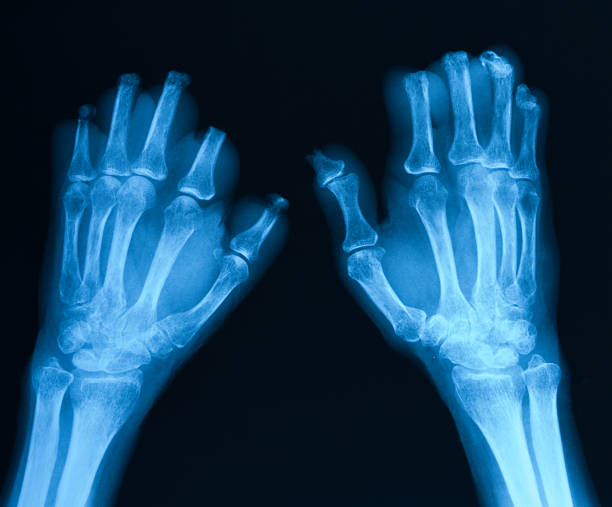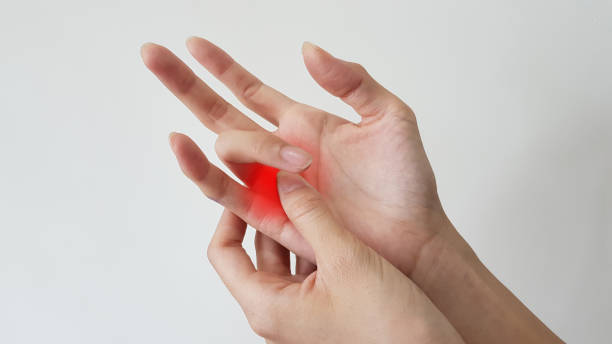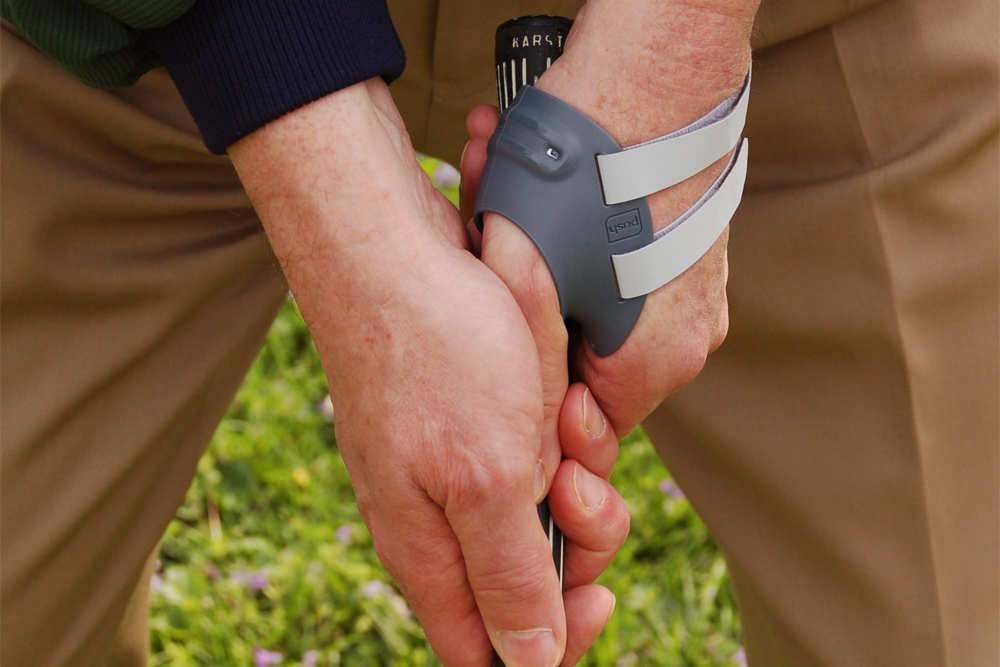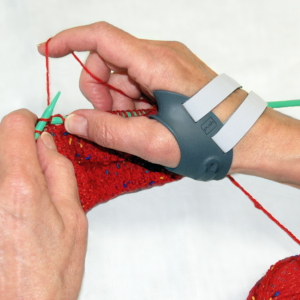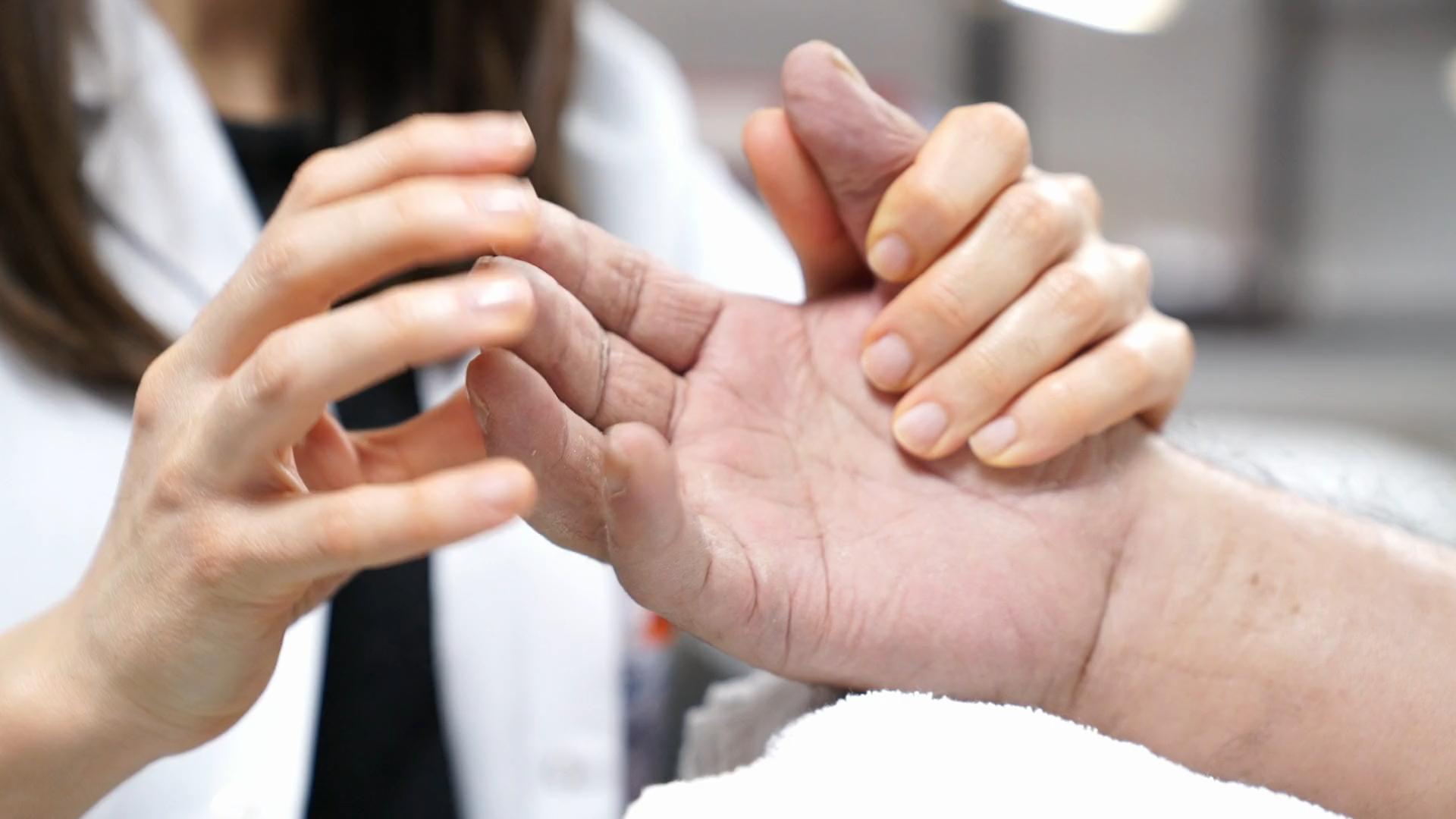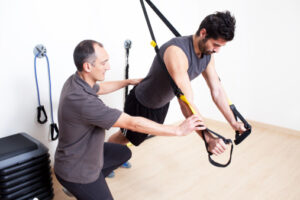“Are you curious about what exactly a hand therapist does?
“Florida teen has 3 fingers amputated after firework explodes in his hand” By Snejana Farberov January 18, 2023
This article, posted in the New York Post today, reminded me of a seasonal diagnosis that our hand therapists in Sacramento treat. We help at least 2 individuals with traumatic hand injuries from fireworks. These injuries often result in finger amputations. Same-day emergency surgery is necessary, followed by finger replantation. Our therapists then provide daily wound care and dressing changes.
But it’s not just about the wound care, our therapists specialize in post-surgery finger replantation rehabilitation. They provide advanced wound care, create custom splints to protect surgically repairs, splints to stretch skin and prevent contractures and help patients regain full function of their hands through manual therapy, specialized motor control and dexterity exercises.
Don’t let an injury hold you back. And don’t feel embarrassed – you will not be our first client. Our hand therapists are here to help you on your road to recovery. Don’t hesitate, contact us today to schedule an appointment. Magdalena Panscik, OTR/L,CHT
#handtherapy #injuryrecovery #occupationaltherapy” #fireworksinjury #woundcare #globalreachotpt #teamwork
NY Post Article – teen loses fingers in fireworks accident.


